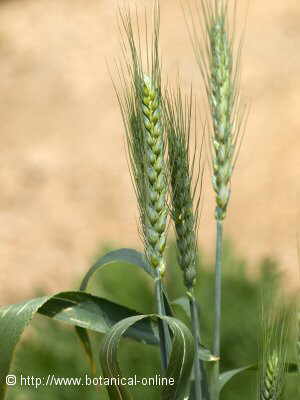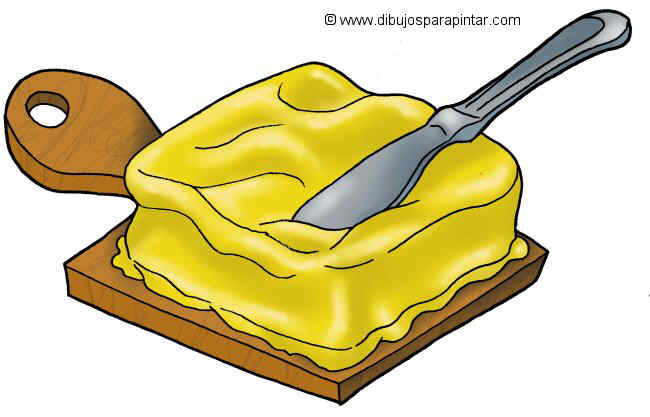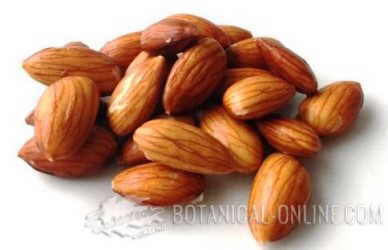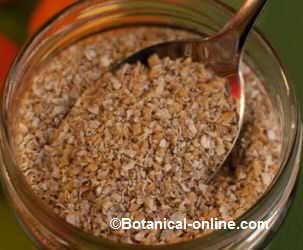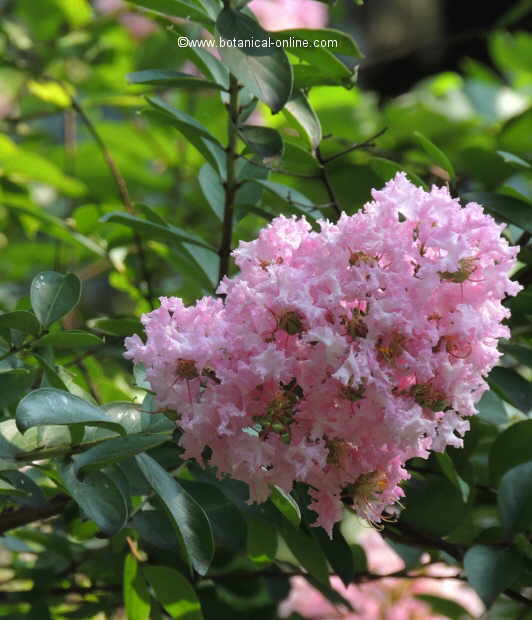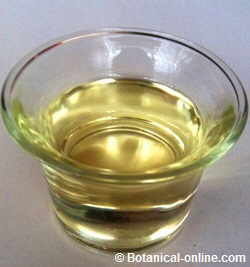Contents
Characteristics of a tuberous root
What is a tuberous root?
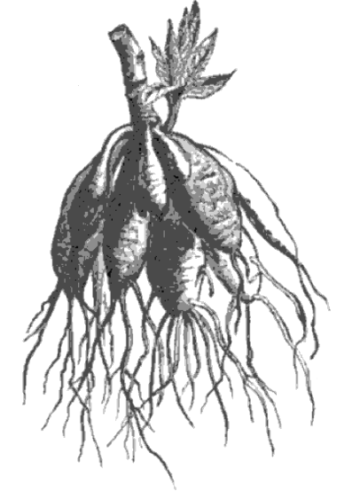
A tuberous root is a lateral root that becomes thickened because of accumulation of nutrients. Root bulgings can grow at the end of a main root, in the middle or it or can affect the whole or the main root. ( Dahlia, sweet potato, cassava)
We have to distinguish tuberous roots from tubers. Tuberous roots (e.g.sweet potatoes) are quite similar to tubers ( e.g potatoes) although they do not form part of the stem, like tubers do, but they are formed by radical structures. (An easy way to distinguish one from the other is to notice that tuberous roots do not have nodes or internodes, nor reduced leaves.)
Tubers, on the contrary posses nodes and internodes or reduced leaves. For example, if we look at a well-know tuber, a potato, we will see that it has what it is known as the eyes, which are actually the nodes of the stem.
Why do plants produce tuberous roots?
They produce this type of roots to guarantee the plant survival. During the first year, the plant produces them at the end of the season. The external part of the plant dies but tuberous roots remain under the ground.
When the good weather arrives, the plant is reborn from this reserve organ, producing the exterior parts of it as well as new underground thickenings that will replace the former, since these were exhausted by feeding the growth of the plant.
Differences between tuberous root and other “edible roots”
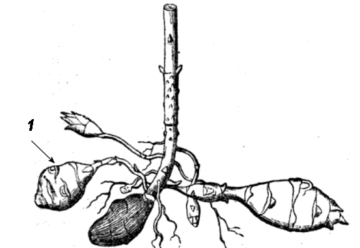
Botanically speaking, we must distinguish a tuberous foot from other “edible roots”. such as
- Taproots: Not difficult to distinguish since it is a single type of root, very thickened, from which other thinner lateral roots grow ( e.g.carrots)
- Stem roots: Underground bulgings forming part of the stem. There are three types: Corms (e.g. Taro), Rhizomes (e.g ginger) and tubers (e.g. potatoes)
We also have to take into account that:
- In practice it is quite difficult to distinguish a tuber from a tuberous root.
- All of them ( taproots, tuberous roots, and stem roots) are considered root vegetables from an edible and agricultural point of view
* Go on reading: Edible tuberous roots
![]() More information on roots and stems
More information on roots and stems

